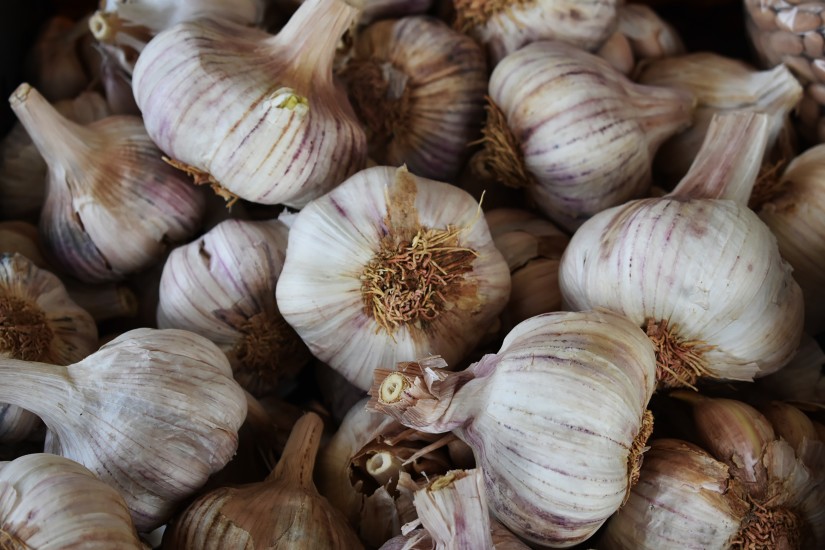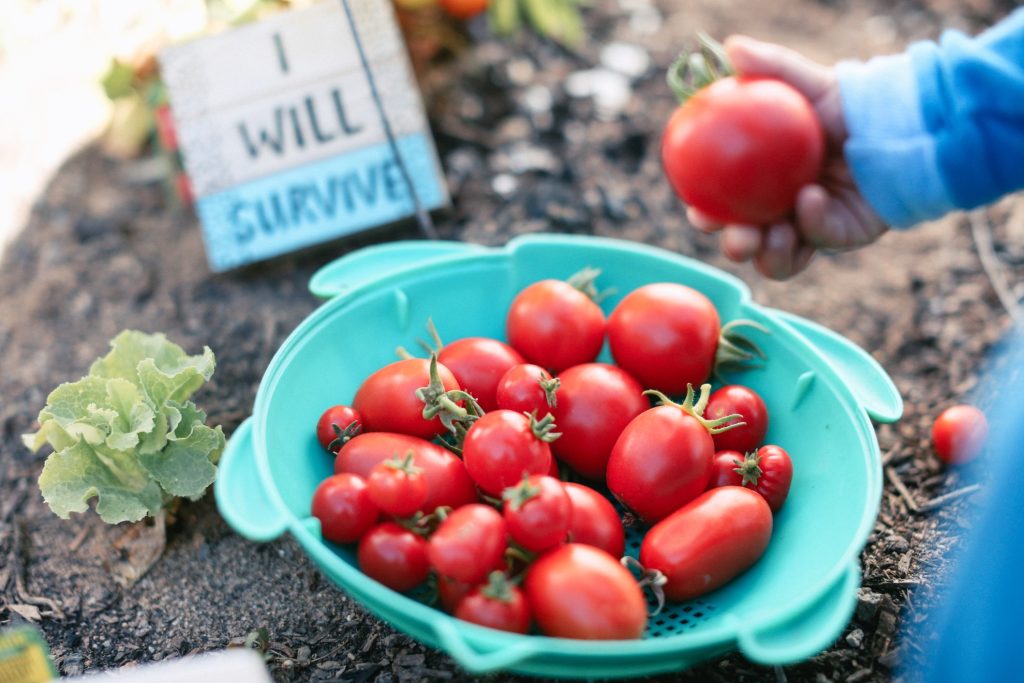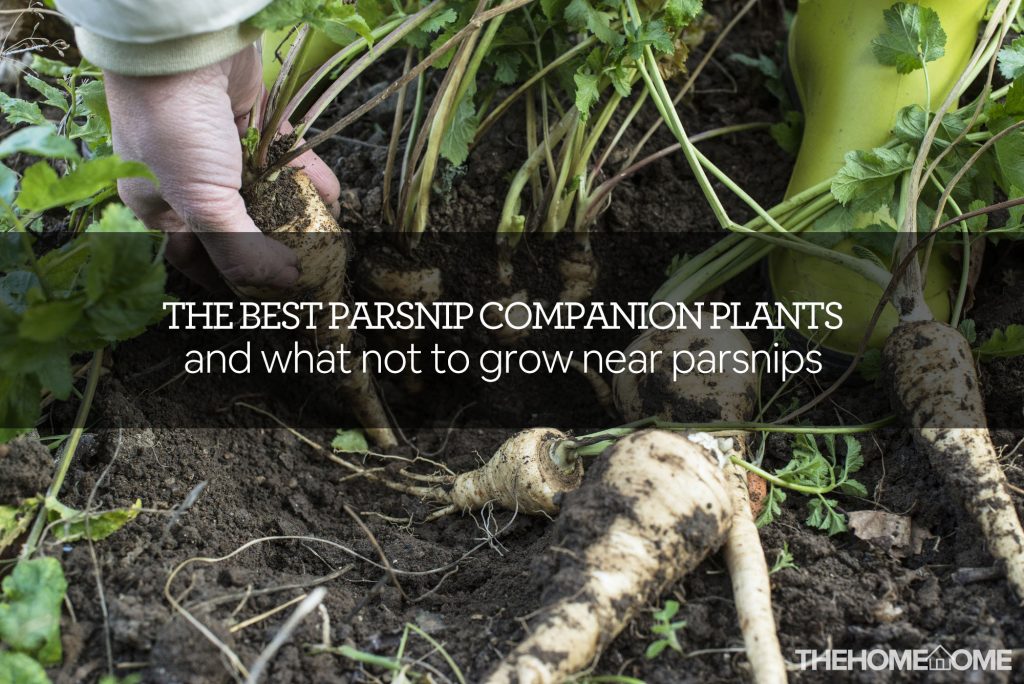Parsnip is considered a low-maintenance and easy-to-grow crop. It is usually grown during spring and can be harvested during autumn. This vegetable plant is vulnerable to pests that can destroy its delicious taste and nutrients.
Parsnip is a tap-rooted crop that requires a soil temperature of 65°F to grow properly.
It is packed with vitamins that benefit the body and rejuvenate tissues. Parsnip’s growth can be enhanced by planting certain root crops or vegetables with it. It is susceptible to pests like every other root crop so it needs to be protected.
This Taproot vegetable crop makes a good companion with some plants. Plants that enhance the growth of other plants and protect them from diseases are known as companion plants.
10 Best Parsnip Companion Plants
The role of a companion in relationships is to help the other person grow. The same applies to plants too. Plants need friends more like companion plants to grow well. Some plants will help promote the growth of parsnip. Some of these plants protect it from pests while some boost its flavor.
Whichever way they contribute to Parsnip. They are called companion plants because they help parsnip grow.
1. Onions
Onion is recommended as a good companion for most garden plants. It releases a scent that masks the smell of parsnip. It deters aphids and carrot flies that plague your vegetable. Carrot flies when still at the maggot stage can destroy the root of your parsnip. If you dislike the scent of garlic, onion is your go-to plant for parsnip.
2. Garlic

Fresh cloves of garlic can also play the role of onions in the garden. They mask the smell of parsnip from its major pests and offer them maximum protection. Just like parsnips, they are also root crops but not susceptible to any kind of pests. They release a scent that repels dangerous moths and flies. If you want to keep pests away from your vegetable, situate some cloves of garlic close to it.
3. Legumes
You will find legumes on most companion plant lists. It offers a lot of benefits to many plants. For instance, plants that require fertile soil to grow makes will enjoy the company of peas and beans. These cover crops fix nitrogen in the soil that feeds your plants with the necessary nutrients.
For a nutrient-loving crop like parsnips, situate some beans and peas plant close to it.
4. Radish
Radish is also a root and bulb crop. However, it is not susceptible to some pests. It can deter flea beetles and keep your Parsnip pest-free. You can plant radishes in between the rows of parsnip plants. Your radishes grow faster, serve the pest repelling purpose, and can be harvested for other purposes.
5. Carrots

Place your carrots under the same growing condition as parsnips and you will see them flourish. This makes it a good companion for your vegetable plant. Carrots and parsnips are susceptible to dangerous pests but you can add an Allium Plant-like garlic to your patch to protect these two crops.
6. Potatoes
Parsnips seem to companion well with most root crops like it. Potato is another vegetable that benefits from the proximity of parsnip. Growing potatoes with parsnips give the size a boost. Your parsnips will also be free from pests and fungal diseases.
7. Leek
Leek is a vegetable plant that also releases a strong scent like garlic. It is a root crop that can help your crop repel dangerous pests. Carrot root fly is a major pest of parsnip but that isn’t a problem as leeks will help keep them at bay.
8. Rosemary
Aromatic herbs like rosemary release pungent scents that deter pests like aphids. It can mask parsnips from pests like carrot root fly thereby protecting the root which is the most important part of this vegetable.
9. Lettuce
This vegetable leaves underground space for parsnip to spread its roots. It grows above the soil and will grow in the similar condition you put your parsnip. After harvesting parsnip, lettuce can be eaten with salads or used for other culinary purposes.
10. Tomatoes

Tomatoes can be grown close to your Parsnip and eaten by pests instead of feeding on parsnips. It can play the role nasturtiums play in the garden. It can act as a trap crop for your parsnips to be in good shape and yield good fruits.
What Not to Grow With Parsnips
Some gardeners advise that carrots and celery which both belong to the same family as parsnips should never be grown with them.
They are all susceptible to the same pests. However, it has been observed that the proximity of these plants to parsnips benefits it a lot. The best thing to do is plant some chives or onions close to these plants to mask them from pests.
1. Fennel
Fennel seems to be the only plant that doesn’t go well with Parsnip in the garden. Its proximity to parsnip can put it at the risk of pest infestation.
It hinders the growth of many other garden plants by releasing some chemicals. The best choice to make for your parsnips is to keep fennels far away from them.
Parsnip Companion Planting Guide
Parsnip is an easy-to-grow plant if you follow the planting guide. To have a great harvest, you must plant Parsnips at the appropriate time and care for them for a better yield.
Below are some of the guidelines to follow and within 20 weeks, you will have a bountiful harvest of parsnip vegetables.
Choosing a site
- Clear the site of stumps, and rocks
- Choose a site with a cool climate but not a windy area
- Ensure the site is exposed to full sun
- Make sure the soil is well-drained and loose
- If you will make use of a growing pot, it has to be 600mm in diameter
- Fertilize the soil with manure to boost its fertility.
Spacing
- Dip the seed into the soil at a depth of 6 mm
- Keep your Parsnip seedling at least 7-10cm apart.
Care
- Water the soil with an inch of water every week. The soil must always be moist to facilitate the uptake of nutrients
- Provide your parsnips with mulch to conserve moisture
- Plant Parsnips after the danger of frost has passed although frost improves the Flavor of parsnip
- Take out all weeds growing around parsnip
- Occupy vacant space with companion plants
- Provide your parsnip with shade when the sun is scorching.
What can you not plant next to parsnips?
Can you grow parsnips next to carrots?
Can you plant turnips and parsnips together?
Can you plant parsnips next to beets?
Do parsnips and leeks grow well together?
Can you plant parsnips next to broad beans?
Can you grow parsnips in raised beds?
Do parsnips store well?
How far apart should parsnips be planted?
Do parsnips like manure?
What is the best fertilizer for parsnips?
Are parsnips easy to grow?
Conclusion
Parsnips will have a pest-free life span if you companion them with the best plants. You will have a better yield when it grows in fertile soil.
Just like every other vegetable, parsnip is packed with vitamins that will benefit the body. To retain these nutrients, it has to be stored in a cool place.
